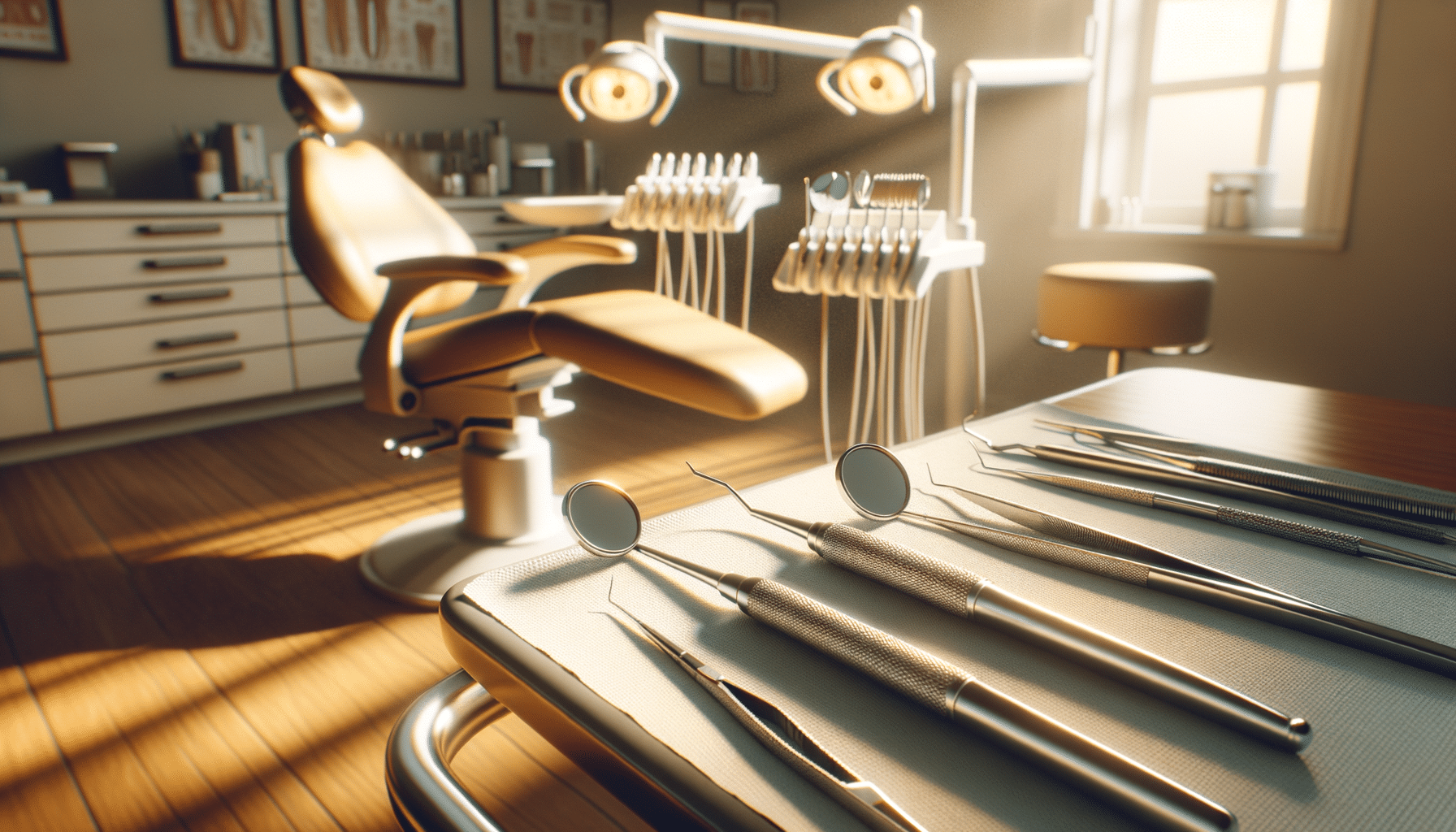
Explore Dental Clip Options for Missing Teeth
Introduction to Dental Clips
Dental clips, also known as dental retainers, are a pivotal solution for individuals seeking to address the issue of missing teeth. These devices offer both aesthetic and functional benefits, providing a removable option that restores the appearance of a full set of teeth while supporting oral health. Understanding the role of dental clips in modern dentistry can help you make informed decisions about their suitability for your needs.
The primary function of dental clips is to fill the gaps left by missing teeth, which can affect both self-esteem and oral functionality. Missing teeth can lead to challenges in chewing and speaking, along with potential shifts in remaining teeth. Dental clips offer a practical solution by maintaining the alignment of existing teeth and improving overall dental health.
In this article, we will delve into the various types of dental clips available, their advantages, how they compare to other dental solutions, and what to expect from their use. By the end, you will have a comprehensive understanding of how dental clips can fit into your dental care routine.
Types of Dental Clips
Dental clips come in several forms, each designed to meet specific needs and preferences. The two main types are partial dentures and flexible clips. Partial dentures are traditional options that use metal frameworks to secure artificial teeth. They are sturdy and suitable for individuals missing multiple teeth.
Flexible clips, on the other hand, are made from a softer, more pliable material that offers increased comfort and aesthetics. These clips blend seamlessly with natural gums and are less noticeable when worn. While they provide a more comfortable fit, they may not be as durable as their metal counterparts.
Choosing the right type of dental clip depends on several factors, including the number of missing teeth, individual comfort preferences, and budget considerations. Consulting with a dental professional can provide personalized recommendations to ensure the optimal choice for your situation.
It’s essential to weigh the pros and cons of each type, considering factors such as longevity, maintenance needs, and potential impact on oral health. By understanding these differences, you can select a dental clip that aligns with your lifestyle and oral care goals.
Advantages of Using Dental Clips
Dental clips offer numerous benefits that make them a popular choice for those with missing teeth. One of the primary advantages is the improvement in aesthetics. By filling in gaps, dental clips help restore a natural-looking smile, boosting confidence and self-esteem.
Functionality is another significant benefit. Dental clips facilitate proper chewing and speaking, which can be impaired by missing teeth. They also help in maintaining the alignment of remaining teeth, preventing them from shifting into the empty spaces.
Moreover, dental clips are removable, providing convenience for cleaning and maintenance. This feature allows users to maintain optimal oral hygiene, reducing the risk of gum disease and other dental issues.
Despite these advantages, it’s important to be aware of potential drawbacks, such as the need for regular adjustments and replacements over time. However, the benefits of improved appearance and functionality often outweigh these considerations, making dental clips a viable option for many individuals.
Comparing Dental Clips with Other Solutions
When considering solutions for missing teeth, it’s essential to compare dental clips with other available options, such as dental implants and bridges. Each solution offers unique benefits and considerations, making it crucial to evaluate which aligns best with your needs.
Dental implants are a permanent solution that involves surgically placing a titanium post into the jawbone, which acts as a root for a replacement tooth. While implants provide excellent stability and a natural look, they require a more invasive procedure and a higher upfront cost.
Dental bridges, on the other hand, are fixed prosthetic devices that rely on adjacent teeth for support. They offer a more permanent solution than clips but may require alteration of surrounding healthy teeth.
Dental clips stand out for their non-invasive nature and affordability. They are ideal for individuals seeking a temporary or less permanent solution. However, they may not offer the same level of durability and stability as implants or bridges.
Ultimately, the choice between these options will depend on individual preferences, budget, and oral health considerations. Consulting with a dental professional can provide insights into the most suitable solution for your unique circumstances.
What to Expect When Using Dental Clips
Understanding what to expect when using dental clips can help you prepare for the transition and ensure a smooth experience. Initially, it may take some time to adjust to wearing the clips, as they can feel foreign in the mouth. However, most users find that they adapt quickly and experience minimal discomfort.
Regular maintenance and care are crucial to prolonging the life of dental clips. This includes daily cleaning to prevent plaque buildup and regular dental check-ups for adjustments and assessments. It’s also important to handle clips with care to avoid damage.
Users should be mindful of their diet, as certain foods may affect the clips’ fit and functionality. Sticky or hard foods should be avoided to prevent damage or displacement.
Overall, dental clips offer a practical and effective solution for missing teeth, with the added benefit of being removable for easy cleaning and maintenance. By understanding the expectations and care requirements, users can enjoy the full benefits of dental clips and maintain a healthy, confident smile.


